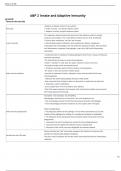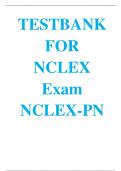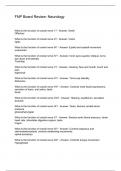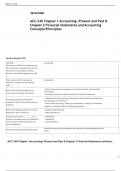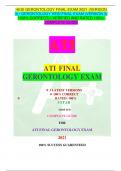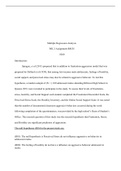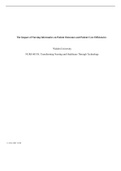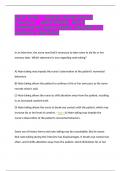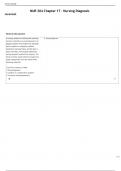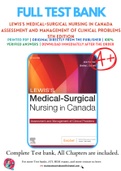Exam (elaborations)
A&P 2 Innate and Adaptive Immunity Terms in this set (46) Immunity resistance to disease consist of two systems 1. Innate immunity: non-specific defense system. 2. Adaptive immunity a specific defense system. innate immunity The responses releas
- Course
- Institution
A&P 2 Innate and Adaptive Immunity Terms in this set (46) Immunity resistance to disease consist of two systems 1. Innate immunity: non-specific defense system. 2. Adaptive immunity a specific defense system. innate immunity The responses release proteins that alert cells of the ad...
[Show more]
